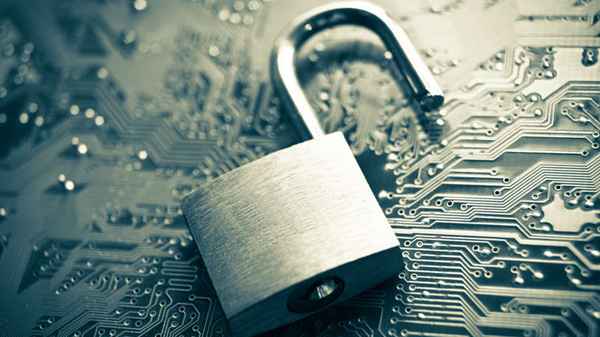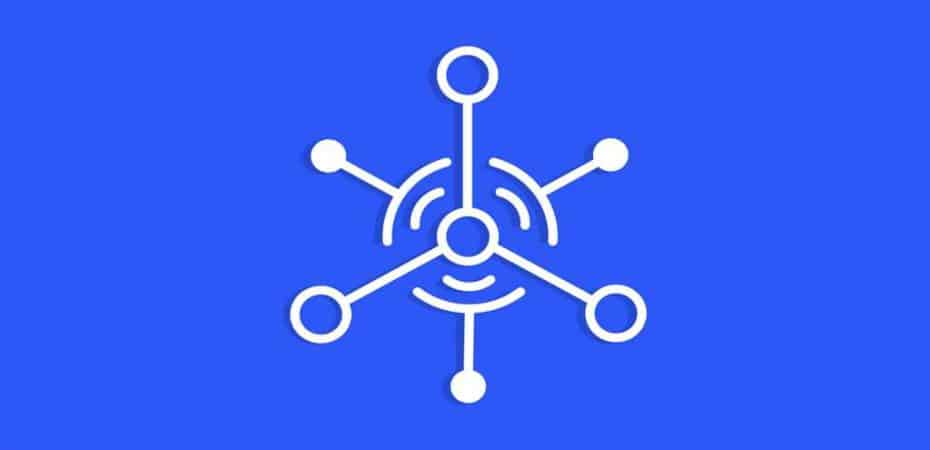The Internet of Things (IoT) is a web of interconnected physical devices and supporting apparatus, including sensors, software, and integrating mechanisms that allow us to collect and exchange data to perform various activities. The Internet of Things is no longer a revolutionary technology, perhaps because it’s so common in our lives. Often referred to as smart devices, IoT devices help make our lives more digitized as you can control your home’s thermostat or close the blinds of your living room by accessing it from a mobile application. Wearable devices connected to your mobile can track your steps and other physical parameters such as blood glucose and heart rate.
The rapid influx of IoT devices has ushered in a new era of interconnected devices that offer convenience and efficiency. However, the widespread adoption of IoT technologies has its challenges. Organizations integrating a range of IoT-based devices into their ecosystems can cause certain challenges that demand innovative solutions. From security concerns to operability issues, IoT implementation requires a comprehensive understanding of the obstacles and a proactive approach to addressing them. Non-destructive testing (also known as NDT), investing in cybersecurity solutions, and using energy-efficient architecture are some solutions that can be implemented. Here are seven challenges in IoT and some strategies to overcome them:
1. Security Concerns

IoT devices are vulnerable to cyber-attacks, and as cybersecurity has become a significant issue in the digital landscape, it can be seen as a big challenge. There are a few measures that an organization can take to safeguard the company from any breach of data. As an organization, the data on company servers represents the trust of its customers and clients and must be guarded at all costs. For this reason, investment in cyber security measures is a must and should be seen as a top priority when setting up a business.
2. Interoperability
The diverse nature of devices that are in the IoT ecosystem leads to many issues related to interoperability. Such problems are borne out of the difficulty of managing such various devices and having professionals with the know-how to maintain such devices. One way to overcome this challenge is by standardizing communication protocols and data formats to be uniform across the organization. Adopting industry standards and adhering to governmental regulations can also reduce interoperability issues.
3. Scalability
As the number of IoT devices grows, managing and scaling IoT infrastructure becomes a significant challenge. With many devices comes an even greater number of issues to resolve for an ICT administrator. The prudent solution here is to design scalable architectures that can handle multiple devices. Cloud-based solutions, edge computing, and distributed systems can help distribute the load and improve scalability. Such tactics can support the load management of the ICT department and make the system run more smoothly.
4. Data Management and Analytics
Data management and analytics have become a key area of interest for organizations as they can leverage data analytics to gain valuable insights into customers’ minds. Such feedback was invaluable before but difficult to retrieve as customer surveys and interviews had to be conducted. Customer preferences can be checked through a person’s shopping history, social media posts, and how they react to different ad campaigns. The challenge here is to manage this amassed data and analyze it. The massive volume of data IoT devices generate can overwhelm traditional data management and analytics systems. However, innovative solutions and efficient algorithms can achieve an appropriate understanding of analytics.
5. Power Consumption
Some small to mid-level businesses may find it hard to maintain the IoT ecosystem as the cost of power may be too high to consider setting up such a system. Moreover, most IoT devices run on battery power, making the whole endeavor costlier and thus making power consumption a critical concern for the organization. A solution to this problem is optimizing the device power consumption through efficient hardware design. Implement energy-efficient algorithms and utilize sleep modes to conserve power when the devices are idle. Using renewable energy sources is another added expense but with the long-term benefits of lowering your energy bill, thereby offsetting high power consumption.
6. Privacy Concerns

With the advent of IoT ecosystems and subsequent demand for cloud computing, the threat of data leaks has grown ever higher. As IoT devices usually collect and share personal data through their servers, privacy concerns are raised among users. Users’ privacy is a big challenge as cybersecurity threats loom large in an already digital world. With more and more devices and points of vulnerability, security is essential in the IoT ecosystem. Security should not be an afterthought but a holistic part of the IoT ecosystem so that user data remains secure.
7. Cost Constraints
Another major issue plaguing the use of the IoT ecosystem at a large scale is the cost constraints associated with developing such a system. The deployment of IoT solutions can be expensive, and organizations may require convincing to invest in such ecosystems as organizations always want to profit from their investment. It is mainly a tough decision for smaller businesses that are cash-strapped and can’t afford such heavy investments at the beginning of their ventures. However, there are always cost-effective solutions, and it is no different when it comes to IoT ecosystems. You can consider cost-efficient systems to check what benefits your organization can reap by implementing such an IoT system.
Addressing these challenges requires a holistic approach involving technological innovation, industry collaboration, and adherence to best practices. As the IoT landscape continues to evolve, ongoing efforts to tackle these challenges will be essential for the success of IoT implementations.
Read also:
- 6 Easy Ways to Fix Media Feature Pack Install Failed
- 3 Best Accurate Bottleneck Calculators for PC to Use in 2023
- 4 Ways to Fix The File://tmp/error.html Error on Chrome
- Lenovo IdeaPad 330 Review
- Audio-Technica AT2020 Cardioid Condenser Studio XLR Microphone Review
- Sony FX30 Review
- AOC G2590PX G2 Signature Edition Review



